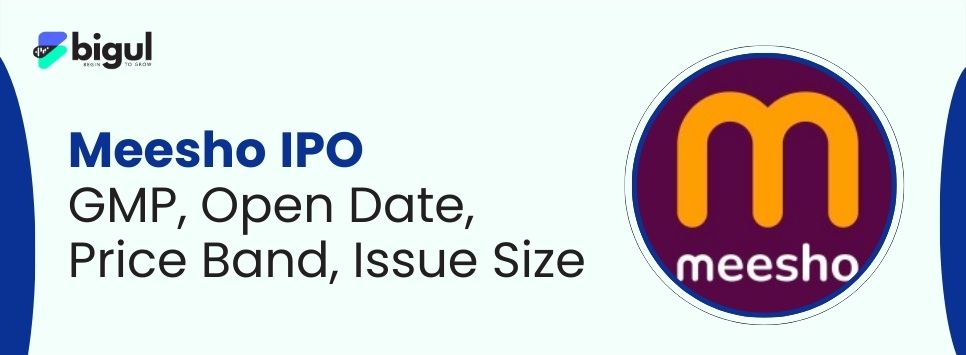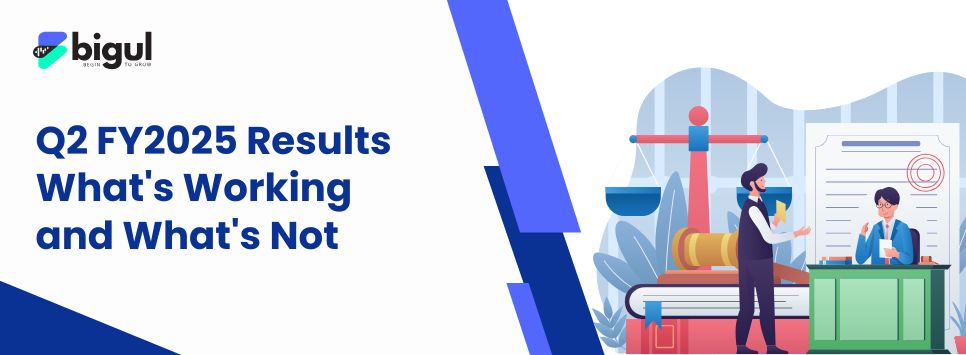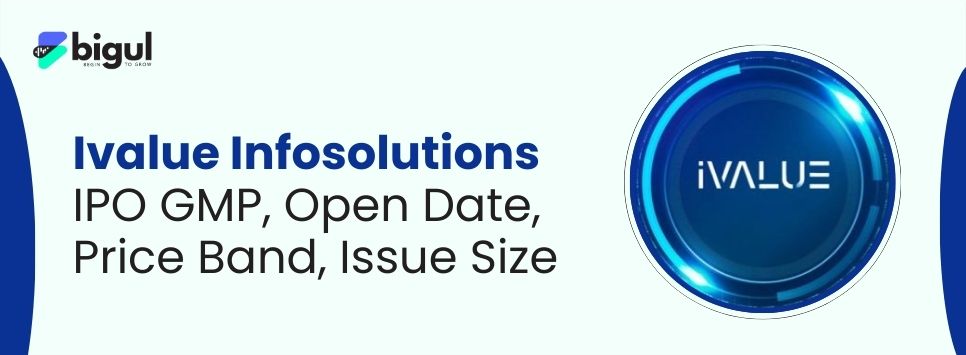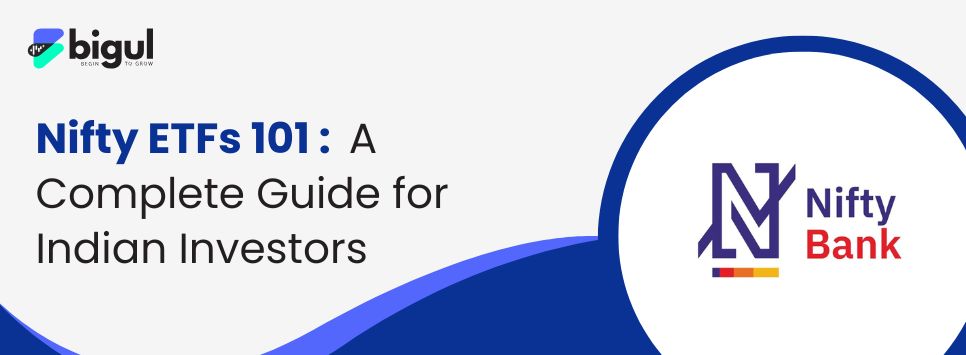What is Nifty ETF? This fundamental question opens the door to one of India's most popular investment vehicles. At its core, a Nifty ETF (Exchange-Traded Fund) is a basket of securities that tracks the Nifty 50 index - India's premier benchmark comprising 50 large-cap stocks across diverse sectors.
NIFTY ETF's meaning revolves around investing passively, while your fund mirrors the index rather than doing stock selection. Understanding” What is Nifty ETF” is essentially exploring tools which combine diversification.
The nifty ETF means more than just an investment product; it represents democratised access to India's blue-chip companies through a single transaction. Understanding what the Nifty 50 ETF is requires recognising its dual nature: it's both a security you trade on stock exchanges like the NSE (National Stock Exchange) and a reflection of the Indian economy's health. Let’s understand all about the Nifty ETF and what they are
What is ETF, and how does it operate?
The term "what is ETF full form" leads us to Exchange-Traded Fund, which perfectly describes its hybrid structure. The ETF's meaning in the share market context reveals how ETFs bridge two worlds: they trade throughout market hours like equities while holding diversified assets like mutual funds. When examining "what is nifty bees", we encounter India's pioneering ETF - the Nifty Benchmark Exchange-Traded Scheme launched by Nippon India Mutual Fund in 2001.
This trailblazer demonstrated how nifty ETFs could revolutionise retail investing. The phrase "niftyetf" often surfaces in online searches, reflecting growing curiosity among young investors. Crucially, what is nifty itself? The Nifty 50 index, maintained by NSE Indices, represents about 65% of India's total market capitalisation, making Nifty 50 ETF investments essentially bets on India's economic growth story. These ETF Nifty products have gained tremendous traction, with assets under management crossing Rs 4 lakh crore as investors recognise their efficiency. The nifty ETF vs nifty index fund discussion often arises, though both track the same index - their structural differences lie in trading mechanisms and pricing.
Nifty 50 ETFs operate through a creation-redemption mechanism involving authorised participants. When the demand for these Nifty Index ETFs increases, such institutions deposit the stocks that make up the index with the fund house, in return for ETF units they later sell on exchanges. The result is that nifty index ETFs' prices stay close to the net asset value (NAV) of the underlying index.
If demand grows, Nifty Index ETFs allow institutional investors to give their stocks listed in the index to the fund house, receiving ETF units in return. Because of this, nifty index ETF prices almost always match the net asset value (NAV) of the underlying index.
The nifty ETF meaning extends beyond mechanics to empowerment - it enables small investors to own fractional shares of giants like Reliance, HDFC Bank, or Infosys with minimal capital. As nifty ETF fund offerings multiply, understanding their nuances becomes essential. The ETF NSC (National Securities Depository) connection is vital too, as ETF units are held electronically in demat accounts, eliminating physical certificate risks. For millennials starting their investment journey, grasping "what is Nifty ETF" provides a foundation for building long-term wealth through India's corporate champions. The rise of NSE ETF platforms has further simplified access, making these instruments cornerstones of modern Indian portfolios.
How Nifty ETFs Function: Types, Mechanisms, and Index Fund Comparisons
How Nifty ETFs work begins with understanding their passive management strategy. While active investors choose their stocks, Nifty ETFs automatically reflect the structure of the Nifty 50 index. Because of this automation, funds can charge much less (from 0.05% to 0.35% per year) than the actively managed resources that can cost as much as 2.5%. The operational magic unfolds through arbitrage mechanisms: when an ETF Nifty 50 trades at a premium to its NAV, authorised participants create new units by buying underlying stocks and exchanging them with the fund.
By contrast, discounts lead to redemption, which involves handing over units for the stocks that make up the fund. The design of the system causes the Nifty 50 ETF price to stay nearly equal to the index value, supporting its efficiency.
The nifty ETF vs nifty index fund debate often confuses beginners. While both track the same index, ETFs trade intraday on exchanges like stocks with real-time pricing, while index funds settle at end-of-day NAV. This makes a Nifty ETF preferable for traders seeking timing flexibility. Moreover, Nifty index ETF investments require demat accounts, whereas index funds don't. Among popular variants, Nifty IT ETF focuses exclusively on the Nifty IT Index's tech giants like TCS and Infosys, offering sectoral exposure.
The Nifty 50 ETF mutual fund category includes options like ICICI Prudential Nifty ETF and HDFC Nifty 50 ETF, each with slight tracking error variations. Tracking error - measuring how closely an ETF Nifty follows its benchmark - becomes a critical selection criterion, with lower values (under 0.5%) indicating superior replication.
Settlement involves the ETF NSC (National Securities Depository Limited) infrastructure, where all units are held electronically. When you buy nifty ETFs, ownership updates in your demat account via CDSL or NSDL typically occur within T+2 days.
The nifty 50 ETF fund ecosystem has matured considerably since SEBI's 2014 push for cheaper passive options. Today, investors can even explore Nifty Fifty ETF global variants like US-listed offerings tracking Indian indices. The nifty ETF fund universe now includes smart beta versions like Nifty 100 Low Volatility 30 ETF, applying additional filters beyond market cap.
For those researching "nfty etf" - a common misspelling of Nifty ETF - understanding these mechanics prevents costly confusion. As NSE ETF volumes surge, liquidity concerns have diminished, with average daily trades exceeding Rs500 crore for major funds, ensuring smooth entries and exits even for large investors.
Why Nifty ETFs Shine: Unlocking Key Benefits for Young Indian Investors
Since the benefits of Nifty ETFs are many, young Indians find them especially appealing for wealth building. First, by investing in 50 top companies through one purchase, you can enjoy greater safety from risks tied to particular stocks. In contrast with selecting each stock independently, a Nifty 50 ETF distributes your money throughout IT (15%), IT (15%), consumer goods (12%) and more sectors alike the Indian economy.
Second, their low expense ratios compound significantly over time. For a 25-year-old investing Rs 10,000 monthly until 60, a 1% lower fee in Nifty ETFs versus active funds could save over Rs28 lakhs, assuming 12% annual returns - a game-changing difference. Third, transparency shines as fund holdings exactly mirror the publicly available Nifty 50 composition, eliminating style drifts or manager biases plaguing active funds.
Tax efficiency elevates nifty ETF appeal. Held beyond one year, gains attract just 10% tax above Rs1 lakh annually under LTCG rules, versus up to 30% for fixed deposits. The etf meaning in the share market context also enables strategic advantages: intraday trading, stop-loss orders, and hedging positions unavailable in mutual funds. For millennials, nifty 50 ETF India investments align perfectly with digital lifestyles through user-friendly platforms offering fractional investing. You can own nifty ETFs for as little as Rs100 via systematic investment plans (SIPs), democratising access to wealth creation. The nifty 50 etf funds have demonstrated remarkable resilience too, delivering 14.5% CAGR over 2005-2023 despite multiple crises, turning consistent SIP investors into crorepatis.
The liquidity of Nifty ETFs stands unparalleled among passive options. Major funds like Nippon's Nifty Bees (the original "what is nifty bees" answer) trade with bid-ask spreads under 0.05%, minimising transaction costs. For young professionals transferring cities or countries, Nifty 50 ETF portability proves invaluable - holdings remain accessible globally through demat accounts, unlike real estate or PPF. The psychological benefits of nifty ETFs matter too: eliminating emotional trading decisions by automating investments in India's economic backbone. As direct equity participation remains below 5% among Indian youth, Nifty ETF products serve as ideal on-ramps to market participation. The rise of NSE ETF education initiatives further empowers informed decisions, with NSE's learning modules crossing 5 million enrollments annually.
How to Invest in Nifty ETFs: A Comprehensive Step-by-Step Beginner’s Guide
How to invest in Nifty ETF starts with a demat account setup. Choose a reputable DP (Depository Participant) offering zero annual fees, like those from discount brokers. After completing e-KYC, link your bank account - this entire process now takes under 24 hours digitally. Next, research which nifty ETF is best for your goals. Key evaluation metrics include tracking error (aim for <0.5%), assets under management (higher AUM ensures liquidity), and expense ratios (lower is better). Popular options include Nippon India ETF Nifty BeES (oldest, highest AUM), ICICI Prudential Nifty ETF (lowest tracking error), and UTI Nifty 50 ETF (lowest expense ratio). For sector bets, Nifty IT ETF offerings like Kotak Nifty IT ETF provide focused exposure.
Execution involves two approaches: lump-sum purchases during market dips or SIPs for rupee-cost averaging. To buy Nifty ETFs, log into your trading platform, search the ETF symbol (like NIFTYBEES), and place an order during market hours. Unlike mutual funds, you see real-time prices and can set limit orders. For SIPs, authorise auto-debits from your bank account to purchase units monthly.
The how to invest in Nifty 50 ETF process includes post-purchase steps: regularly check your etf NSE demat holdings and track corporate actions. When index constituents change (like Adani Enterprises replacing Shree Cement in 2022), ETFs automatically rebalance without investor action.
Portfolio allocation wisdom suggests capping Nifty 50 ETF fund exposure to 40-60% of equity holdings for diversification. Young investors might combine core Nifty index ETF holdings with satellite allocations to Nifty IT ETF or international ETFs. Monitoring involves quarterly reviews comparing your Nifty ETF's performance against the Nifty Total Return Index (includes dividends). Tax planning is crucial: dividends attract TDS, while selling after one year qualifies for LTCG benefits.
For NRIs, Nifty 50 ETF India investments require PIS accounts but remain attractive India-growth plays. Resources like NSE's Nifty ETF tutorials help beginners avoid pitfalls like trading ETFs like penny stocks - these are long-term holdings, not casino chips.
Choosing the Best Nifty ETF: Top Funds, Strategies, and Expert Tips
Selecting which nifty ETF is best demands methodical comparison. Start by scrutinising the tracking difference - the annual gap between index returns and fund performance. Leaders like ICICI Prudential Nifty ETF maintain tracking differences under 0.4% versus competitors exceeding 0.8%. Next, evaluate liquidity through average daily traded value; Nippon's Nifty BeES dominates with Rs250+ crore daily volumes, ensuring minimal slippage. Expense ratios vary significantly too - while most Nifty 50 ETF mutual fund options charge 0.05-0.10%, some newer funds exceed 0.35%. The nifty ETF vs nifty index fund choice depends on usage: ETFs suit traders and SIP investors, while index funds help those without demat accounts.
Among thematic options, nifty IT ETF funds like Kotak's offering provide concentrated tech exposure but demand tactical entry points. Sector-neutral investors might prefer Nifty 50 ETF balanced compositions. For aggressive young investors, exploring Nifty 50 ETF funds with ESG filters or equal-weight methodologies adds diversification. Historical data reveals nifty 50 ETF India investments delivered 12.3% CAGR over 2004-2024, but timing matters: SIPs during crises like COVID-19 lockdowns delivered 30 %+ annualised returns by capturing market bottoms.
Advanced strategies include:
-
Core-Satellite Approach: 70% in Nifty Index ETF + 30% in thematic ETFs
-
Hedging: Pairing long ETF Nifty 50 positions with Nifty Put options during volatility
-
TLH (Tax-Loss Harvesting): Swapping between similar Nifty ETFs to book losses, offsetting gains
-
Laddering: Staggering SIP dates weekly to average volatility
Common Mistakes to Avoid While Trading ETF
Chasing small AUM funds with liquidity risks, overemphasising dividend yields (growth ETFs often skip dividends), and neglecting foreign investment limits impacting index composition. As SEBI's ETF NSC regulations tighten, investor protections keep strengthening. Monitoring NSE ETF circulars ensures compliance awareness, like recent TER (Total Expense Ratio) caps, benefiting investors. Ultimately, the "best" nifty etf aligns with personal goals - long-term builders prioritise costs, while traders value liquidity.
Frequently Asked Questions (FAQs)
-
What is a Nifty ETF and how does it work?
A Nifty ETF (Exchange-Traded Fund) is a passive investment product that mirrors India’s Nifty 50 index. It trades like a stock on the NSE but holds the same 50 large-cap stocks in the same weightings. Authorised participants use a creation-redemption mechanism to keep the ETF’s market price aligned with its Net Asset Value (NAV). -
How do I invest in a Nifty ETF in India?
To invest, open a demat and trading account with any DP or broker, link your bank account, and search for the ETF’s symbol (e.g., NIFTYBEES). Place a market or limit order during NSE trading hours. You can also set up a Systematic Investment Plan (SIP) to buy units at regular intervals. -
Nifty ETF vs. Nifty Index Fund: What’s the difference?
Both track the Nifty 50 index, but ETFs trade intraday with real-time pricing and require a demat account, while index funds transact at end-of-day NAV and can be bought directly with a mutual fund account. ETFs offer superior flexibility for active traders. -
What are the tax implications of Nifty ETFs?
– Short-Term Capital Gains (STCG): 15% tax if held ≤1 year.
– Long-Term Capital Gains (LTCG): 10% on gains above ₹1 lakh if held >1 year.
– Dividend Distribution Tax: Applicable, but dividends are credited directly to your bank with TDS as per current rates. -
What are the key benefits of investing in Nifty ETFs?
– Low Expense Ratios: Typically 0.05%–0.35% annually.
– Diversification: Instant exposure to 50 blue-chip companies.
– Liquidity: High daily trading volumes and tight bid-ask spreads.
– Transparency: Holdings mirror the publicly available Nifty 50 index.
– Flexibility: Trade intraday, set stop-loss orders, and roll over positions









.jpg)
.jpg)
